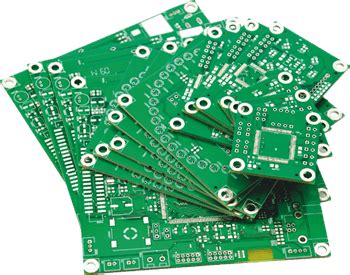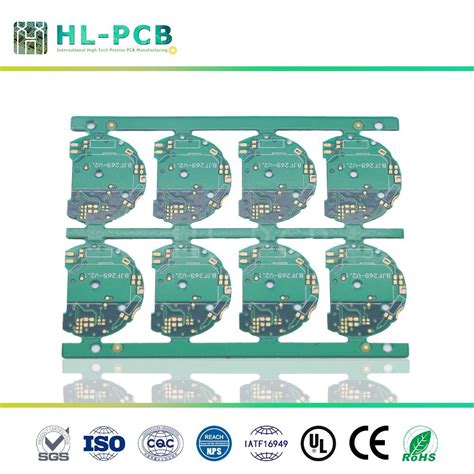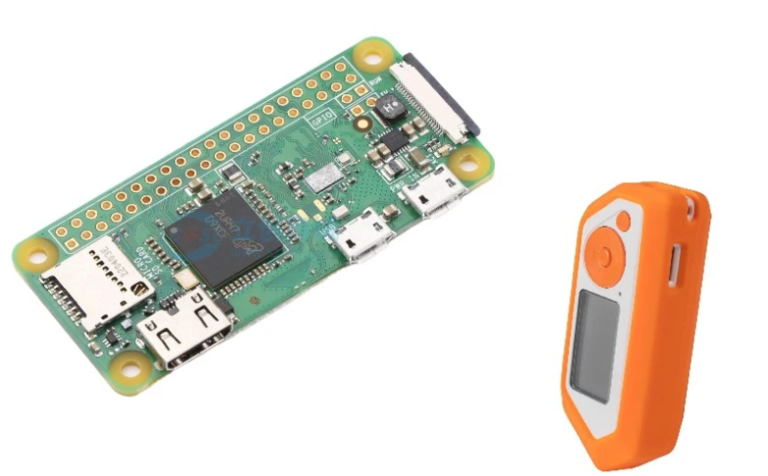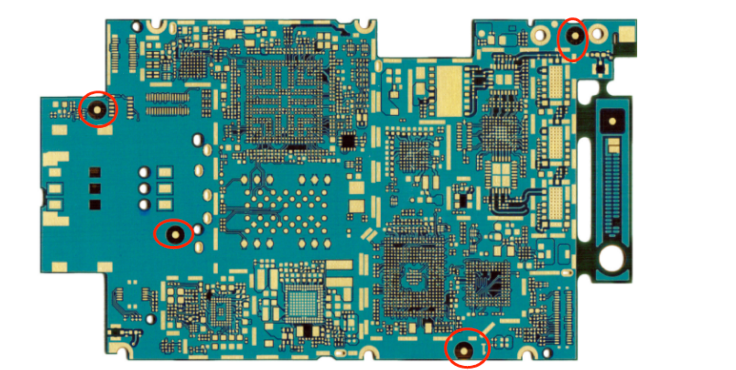Innovative Approaches to PCB Design and Fabrication Methods

Key Takeaways
In the realm of PCB manufacturing, staying abreast of the latest techniques and methodologies can significantly influence your success. Understanding the intricacies of PCB manufacturing companies and their processes allows you to optimize your own strategies. Recent advancements have demonstrated that integrating innovative design practices with cutting-edge tools can lead to enhanced productivity. For example, when considering the manufacturing cost, utilizing advanced simulation software can minimize errors during the design phase, ultimately reducing overall expenses.
To further your knowledge, it’s beneficial to incorporate multi-board design strategies, which can streamline production and improve efficiency. By selecting efficient processes from various PCB manufacturing firms, you can compare options and identify cost-effective solutions tailored to your needs. Even small changes in workflow or material selection can yield significant impacts on quality.
"Focus on refining your production methods to not only enhance quality but also reduce time-to-market."
Additionally, leveraging automation in manufacturing has shown promise in cutting down lead times while ensuring high precision levels in production. This allows you to address competitiveness effectively within a fast-evolving industry landscape.
In summary, understanding both the technical aspects and market dynamics of PCB manufacturing business is crucial for leveraging opportunities that drive growth and sustainability. Always keep an eye on emerging trends to stay ahead in this ever-expanding field.
| Topic | Key Insights |
|---|---|
| Recent Techniques | Innovations drive efficiency in design and fabrication |
| Cost Considerations | Simulation tools reduce errors, optimize spending |
| Automation Impact | Enhances precision, reduces time-to-market |
| Multi-Board Design Benefits | Streamlines processes, improves quality |
Familiarizing yourself with these aspects will empower you to navigate the complexities of PCB design and ensure that your projects consistently meet high standards of quality. For further insights into PCB services and innovations, consider exploring Andwin PCB.
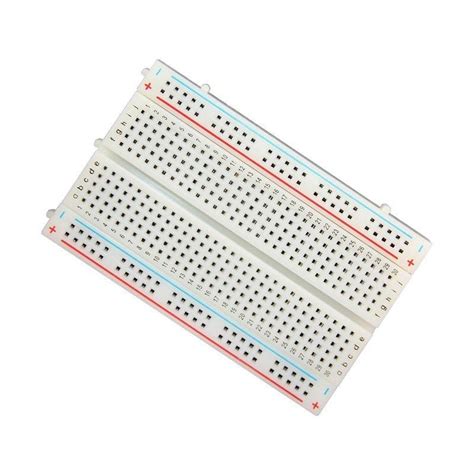
Introduction to PCB Design and Fabrication
In the modern landscape of PCB manufacturing, understanding the intricate processes involved in pcb manufacturing is crucial for achieving optimum results. As you navigate through the complexities of PCB fabrication, you will encounter various methods that enhance productivity and quality. At its core, printed circuit board (PCB) design is a meticulous endeavor that demands a blend of creativity and technical knowledge. You are likely to find innovative solutions emerging from leading pcb manufacturing companies, which are increasingly focusing on advanced technologies to streamline efficiency and reduce costs. Additionally, when assessing your options for entering the pcb manufacturing business, consider the importance of cost management. Keeping track of pcb manufacturing costs allows you to make informed decisions that can impact both your budget and project timelines. This overview sets the stage for deeper exploration into techniques and strategies that can revolutionize how you approach PCB design and fabrication methods in today’s competitive environment.
Recent Advancements in PCB Design Techniques
Recent innovations in PCB design have significantly transformed the landscape of PCB manufacturing. As you delve into printed circuit board creation, you’re likely to encounter advanced techniques aimed at improving both the functionality and efficiency of your projects. One notable advancement is the adoption of high-frequency materials, which facilitate better signal integrity, essential for modern electronic devices. Additionally, integrating design for manufacturability (DFM) principles early in the process helps you identify potential issues that could arise during production, consequently reducing the PCB manufacturing cost.
Moreover, utilizing advanced software tools enhances your ability to simulate circuit behavior before actual fabrication. This ensures that your designs are not only innovative but also optimized for how they will be produced. By partnering with leading PCB manufacturing companies, you gain access to cutting-edge technologies like laser drilling and multilayer stacking, which are crucial for producing high-density interconnect (HDI) boards. In turn, these advancements allow you to take your PCB manufacturing business to new heights by producing quality products faster and at a reduced cost.
Emphasizing a collaborative approach with different stakeholders involved in the supply chain also aids in integrating feedback loops that foster continuous improvement. As you implement these modern design techniques, you can remain competitive and responsive to market demands while ensuring the highest quality standards are met throughout the production cycle.
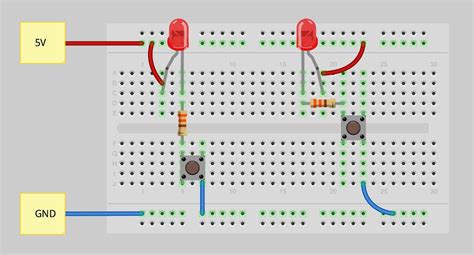
Tools for Efficient PCB Fabrication
In the realm of PCB manufacturing, you have access to a wide array of tools designed to optimize the fabrication process and improve overall efficiency. Among the most significant advancements are CAD software applications that enable you to create intricate designs with precision, ensuring that your printed circuit boards meet the desired specifications. These tools allow for real-time modifications, making it easy to adapt to changes in project requirements without incurring excessive PCB manufacturing costs. Additionally, using automated assembly equipment can significantly speed up production times while minimizing human error. By integrating such technology into your workflow, you can enhance productivity and ensure uniformity in the performance of your products.
Moreover, many PCB manufacturing companies are now employing advanced 3D printing technologies, which facilitate rapid prototyping and allow you to iterate designs quickly. This enables faster testing and validation of concepts before moving on to bulk production. You should also consider investing in a robust supply chain management system; this can help streamline your procurement processes and reduce delays in acquiring materials essential for your PCB manufacturing business.
Ultimately, adopting these innovative tools and strategies will not only foster heightened efficiency but also contribute to delivering high-quality products that meet customer expectations in a competitive market.

Best Practices for High-Quality PCB Production
To achieve superior results in PCB manufacturing, it is essential to implement a set of best practices that ensure efficiency and quality. First and foremost, meticulous design validation is crucial. Before moving to production, you should rigorously check for design errors using advanced EDA tools that simulate circuit functions, which can save significant time and cost down the line. Additionally, when selecting PCB manufacturing companies, it’s advantageous to research their fabrication capabilities, ensuring they align with your project specifications. The choice of materials can drastically affect the PCB manufacturing cost; thus, utilizing high-quality substrates and components enhances durability and performance. Furthermore, leveraging state-of-the-art techniques such as automated optical inspection (AOI) during the production process helps in identifying defects early on. This practice minimizes waste and improves yield rates—key factors for sustaining a competitive edge in your PCB manufacturing business. Lastly, establishing effective communication with suppliers and manufacturers can foster better collaborations, ultimately driving consistency in quality throughout the production cycle. By adhering to these best practices, you position yourself to create high-quality printed circuit boards that meet market demands efficiently.

Multi-Board Design Strategies and Considerations
When embarking on a project that involves multi-board design, there are several critical strategies and considerations to keep in mind. You’ll want to ensure that the pcb manufacturing process can accommodate the complexities of designing multiple interconnected boards. This often requires collaboration with experienced pcb manufacturing companies that can help streamline the workflow. Effective communication between design engineers and manufacturing teams is essential to mitigate risks associated with inter-board connectivity and signal integrity.
One of the key aspects to consider is the overall pcb manufacturing cost; designing multiple boards can lead to increased expenses if not handled correctly. To optimize costs, you might explore using standardized components across boards, which could simplify assembly and reduce procurement expenses. Moreover, employing advanced tools and software for designing these boards can enhance productivity and minimize errors, ultimately supporting a more efficient pcb manufacturing business.
It’s also vital that you think through thermal management and power distribution, as these factors become more complicated with multiple boards. Implementing proper thermal simulations during the design phase will allow you to identify potential issues early on, ensuring a more reliable final product. Familiarizing yourself with these strategies will empower you to leverage the full potential of multi-board designs while maintaining quality and cost-effectiveness in your projects.

The Role of Automation in PCB Manufacturing
In the ever-evolving landscape of PCB manufacturing, automation plays a pivotal role in enhancing productivity and ensuring precision. As you delve into the intricacies of PCB manufacturing companies, you’ll find that the integration of automated systems has revolutionized traditional processes. These advancements not only streamline the workflow, but they also significantly reduce PCB manufacturing costs by minimizing labor errors and optimizing resource allocation. From automated assembly lines to sophisticated software for design simulations, automation empowers you to increase efficiency while maintaining the highest quality standards. Embracing these technologies is essential for any PCB manufacturing business aiming to stay competitive in a market where time-to-market and cost-effectiveness are crucial. Ultimately, as you explore opportunities in this domain, understanding and implementing automation will serve as a cornerstone for successful PCB manufacturing practices that meet the demands of modern electronics.
Cost-Effective Methods for PCB Fabrication
When looking for cost-effective methods in PCB fabrication, you will find that several strategies can significantly lower PCB manufacturing costs without sacrificing quality. One prevalent method involves optimizing the design phase to minimize material usage while enhancing functionality. By utilizing advanced software tools, you can ensure that the layout is efficient, which not only reduces waste but also lowers the overall costs associated with raw materials and production time.
Additionally, collaborating with reputable PCB manufacturing companies can lead to advantageous agreements and bulk pricing that can further reduce your expenditure. Engaging in a reliable partnership where you communicate your needs clearly often results in tailored solutions that help streamline production processes. Utilizing cost-efficient materials without compromising on quality standards is also essential; this often requires exploring different suppliers to find the best value.
Moreover, adopting a lean manufacturing business model focuses on decreasing non-value-adding activities, which helps you significantly reduce costs associated with labor and overhead. Techniques such as just-in-time inventory ensure you only procure materials when they are needed, thus minimizing waste. By implementing these cost-effective methods within your PCB manufacturing business, you not only improve productivity but also elevate your ability to compete effectively in the ever-evolving market landscape.
Future Trends in PCB Design and Technology
As you navigate the evolving landscape of PCB manufacturing, it is crucial to stay informed about emerging trends that can significantly impact your projects. One of the most promising advancements is the integration of Internet of Things (IoT) technologies into PCB design and fabrication processes. By adopting IoT solutions, PCB manufacturing companies are enhancing communication between devices, ultimately leading to improved performance and efficiency. Additionally, the use of advanced materials, such as flexible and biodegradable substrates, is gaining traction. These materials not only facilitate innovative board shapes but also address environmental concerns related to electronic waste.
Moreover, embracing automation is becoming increasingly essential for optimizing your PCB manufacturing business. Automated systems streamline production workflows, reduce human error, and enhance consistency in output quality. With the implementation of smart tools that utilize artificial intelligence for design optimization, you can lower your pcb manufacturing cost significantly while maintaining high standards.
Cloud-based design software is another trend that enables you to collaborate seamlessly with engineers and designers across different locations. This interconnected approach fosters a more agile development environment and accelerates time-to-market for new products. By keeping an eye on these future trends in PCB design and technology, you can position yourself advantageously in a competitive market while creating high-quality printed circuit boards that meet the demands of modern electronics.
Conclusion
In the ever-evolving landscape of PCB manufacturing, you may find yourself considering various strategies to enhance your production capabilities. The emergence of pcb manufacturing companies that adopt innovative approaches can significantly influence your decision-making process. Staying informed about the latest trends and advancements is essential for improving your pcb manufacturing business. As you evaluate the pcb manufacturing cost, look for options that balance quality with efficiency, enabling you to produce high-quality printed circuit boards without compromising your budget. Emphasizing automation and advanced design techniques can streamline your processes, ultimately leading to reduced lead times and improved project outcomes. By implementing these innovative methods, you not only position yourself competitively but also contribute to the ongoing evolution of the PCB industry, fostering an environment ripe for growth and success.
FAQs
What are the common challenges faced in pcb manufacturing?
In pcb manufacturing, challenges can include ensuring precise alignment of multiple layers, managing material costs, and maintaining consistent quality throughout the production process. Understanding these aspects is crucial for any pcb manufacturing business looking to excel in the competitive market.
How can I reduce pcb manufacturing cost?
To reduce pcb manufacturing costs, consider optimizing your design for manufacturability, using cost-effective materials, and negotiating with various pcb manufacturing companies to find the best pricing without sacrificing quality.
What should I look for when choosing pcb manufacturing companies?
When selecting pcb manufacturing companies, evaluate their reputation, production capabilities, technology used, and customer service. It’s also essential to review their portfolio and seek out recommendations from industry peers.
What is the impact of technology on pcb manufacturing?
Advancements in technology have significantly improved efficiency and precision in pcb manufacturing, allowing for quicker turnaround times and enhanced capabilities for complex designs. This shift is reshaping how businesses approach their pcb manufacturing business, making it imperative to stay updated with technological trends.
For further insights on optimizing your PCB projects, please click here: Andwin PCB Manufacturing



